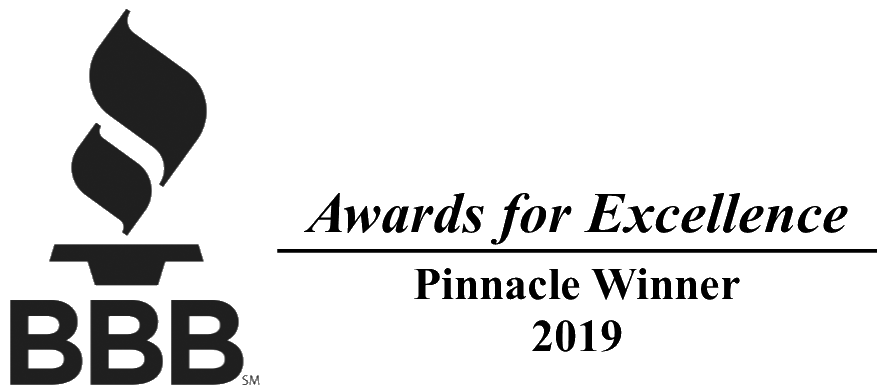Procedures to Clean Up Blood Spills Safely
When it comes to blood, even the smallest spills can pose a large health threat. As a result, certain procedures should be followed to limit potential bloodborne pathogen exposure and ensure the site is thoroughly cleaned and disinfected.
The Risk of Cleaning Blood Spills on Your Own

Many guides online can teach you how to clean up blood spills and other bodily fluids on your own; however many fail to disclose the risks that come with coming into contact with blood and the risk of contracting bloodborne pathogens, including, “Hepatitis C, malaria, syphilis, babesiosis, brucellosis, leptospirosis, arboviral infections, relapsing fever, Creutzfeld-Jakob disease, and viral hemorrhagic fever,” Hepatitis B, and even HIV.
“Although bloodborne pathogens can be deadly, there’s no specific way to know if another individual carries them, short of direct communication, which is not always possible. In many cases, the person themselves may be unaware they are a carrier. For this reason, it is always important to be cautious around blood, and ensure that any biohazardous materials are cleaned up thoroughly and efficiently.”
Even if you use household disinfectant, not all pathogens will be eliminated. The only certain way to know that your family won’t be at risk of potential infection is by calling the experts at Aftermath. We use adenosine triphosphate (ATP) testing upon completion, which detects any organic material residue left on surfaces. If we find that any bloodborne pathogens are still present, we start the process again until the area is fully disinfected.
Equipment to Clean Up Blood Spills
Before we get started, we gather supplies and don personal protective equipment (PPE):
- Disposable gloves
- Biohazard suit
- Registered disinfectant with broad spectrum kill claim
- Disposable towels
- Eye protection
- Respirator
- Disposable gown
- Brush & dustpan
- Biohazard bags
- Sharps container
- Disinfectant wipes
How Aftermath Cleans and Disinfects Blood Spills
When it comes to blood and other biohazards, Aftermath Services is the #1 remediation company in the US. As such, we use state-of-the-art equipment and procedures that simply aren’t accessible to the general public. If blood has been spilled by a known disease carrier, or if there is a significant amount of blood present, you want to call in the professionals.
To clean up smaller blood spills at home, people read How to Clean Up Blood Through a 10-Step Procedure.
First, we establish 3 zones:
- The Control Zone: The contaminated area where the work takes place.
- The Buffer Zone: Where crime scene cleanup technicians don and doff their PPE.
- The Clean Zone: Where we store tools and equipment to avoid cross contamination.
We then proceed to remove all visible traces of blood, biological material, dirt, and chemicals from the control zone and dispose of personal property that cannot be remediated (eg. mattresses, carpeting, and other porous materials). Property that cannot be remediated is considered medical waste.
Next, we spray the control zone with proprietary cleaning agents and disinfectants and wipe down all surfaces. Once we’re finished, we begin the ATP testing to ensure all biological traces have been fully remediated on a molecular level. If we find that any material is left, we clean and disinfect again until we know for a fact that the area is safe to inhabit once more.
Aftermath: Here 24/7 to Help You Clean Up Blood Spills
At Aftermath Services, we remain the trusted industry leader in crime scene & blood cleanup by delivering world-class customer service and safety. With offices throughout the United States, we can deploy a team of technicians immediately after we receive your request for assistance. Call Aftermath today at 877-698-6169 for more information.
———-
Sources:
OSHA: https://www.osha.gov/SLTC/bloodbornepathogens/
EPA: http://www.epa.gov/osw/nonhaz/industrial/medical/
University of Nebraska – Lincoln: http://ehs.unl.edu/sop/s-cleanbbp.pdf
 877-872-4339
877-872-4339  Contact Us
Contact Us 






